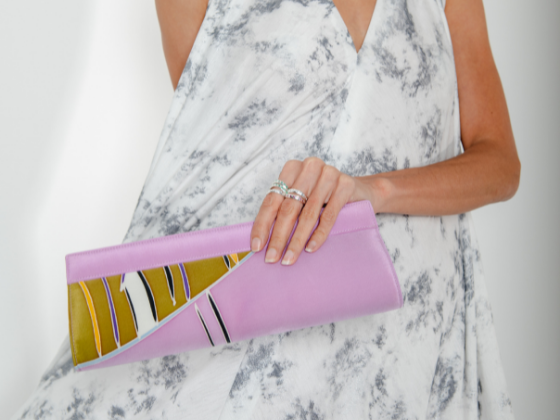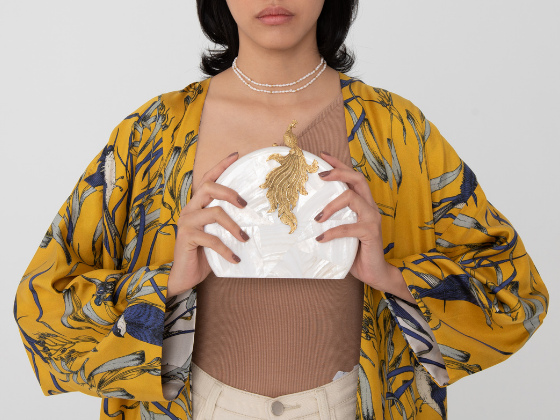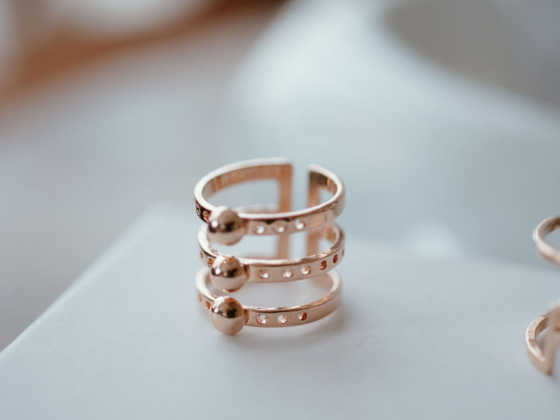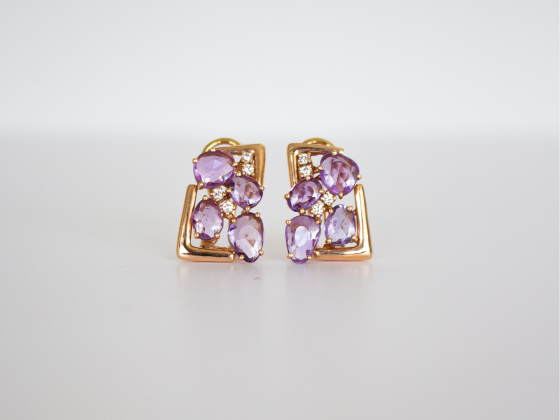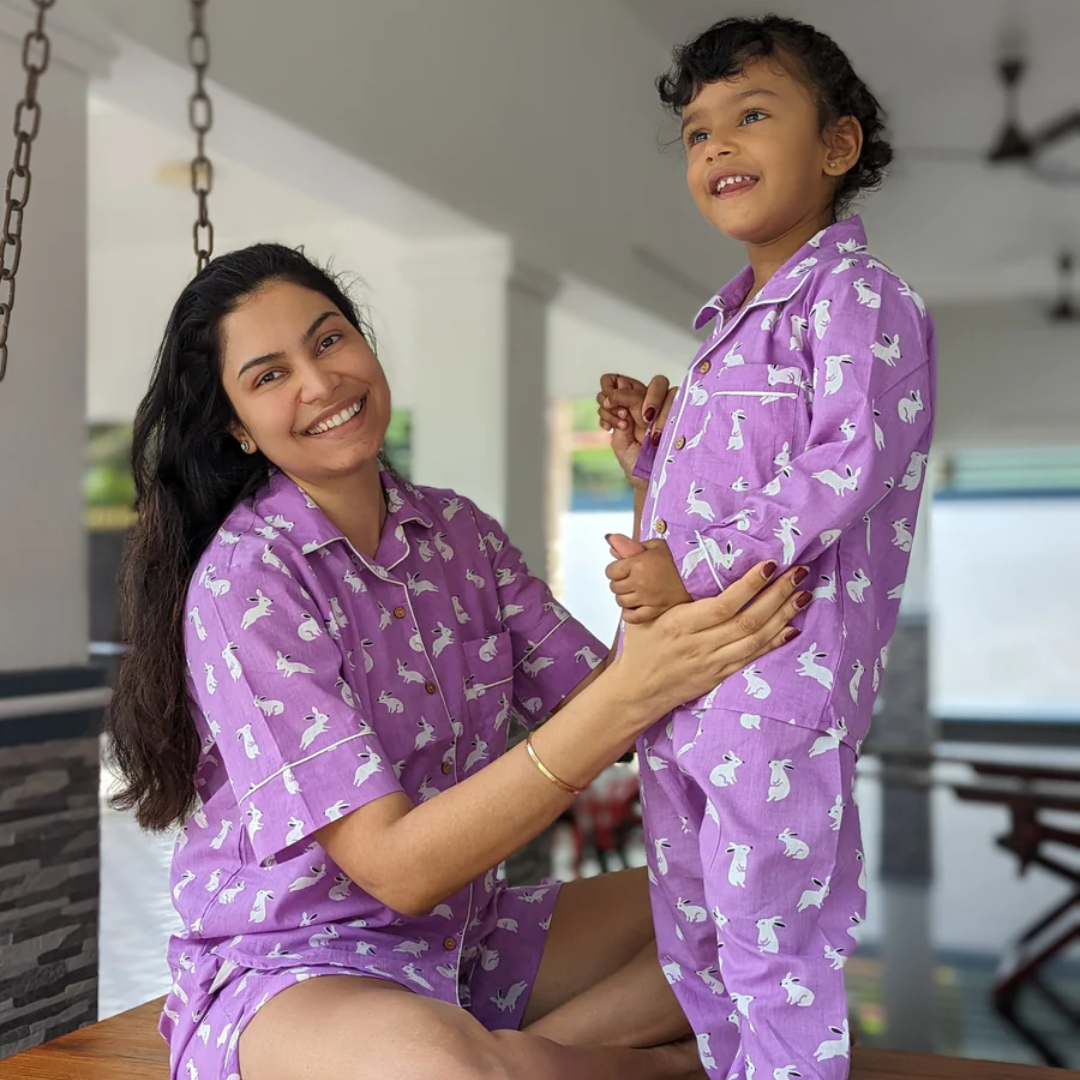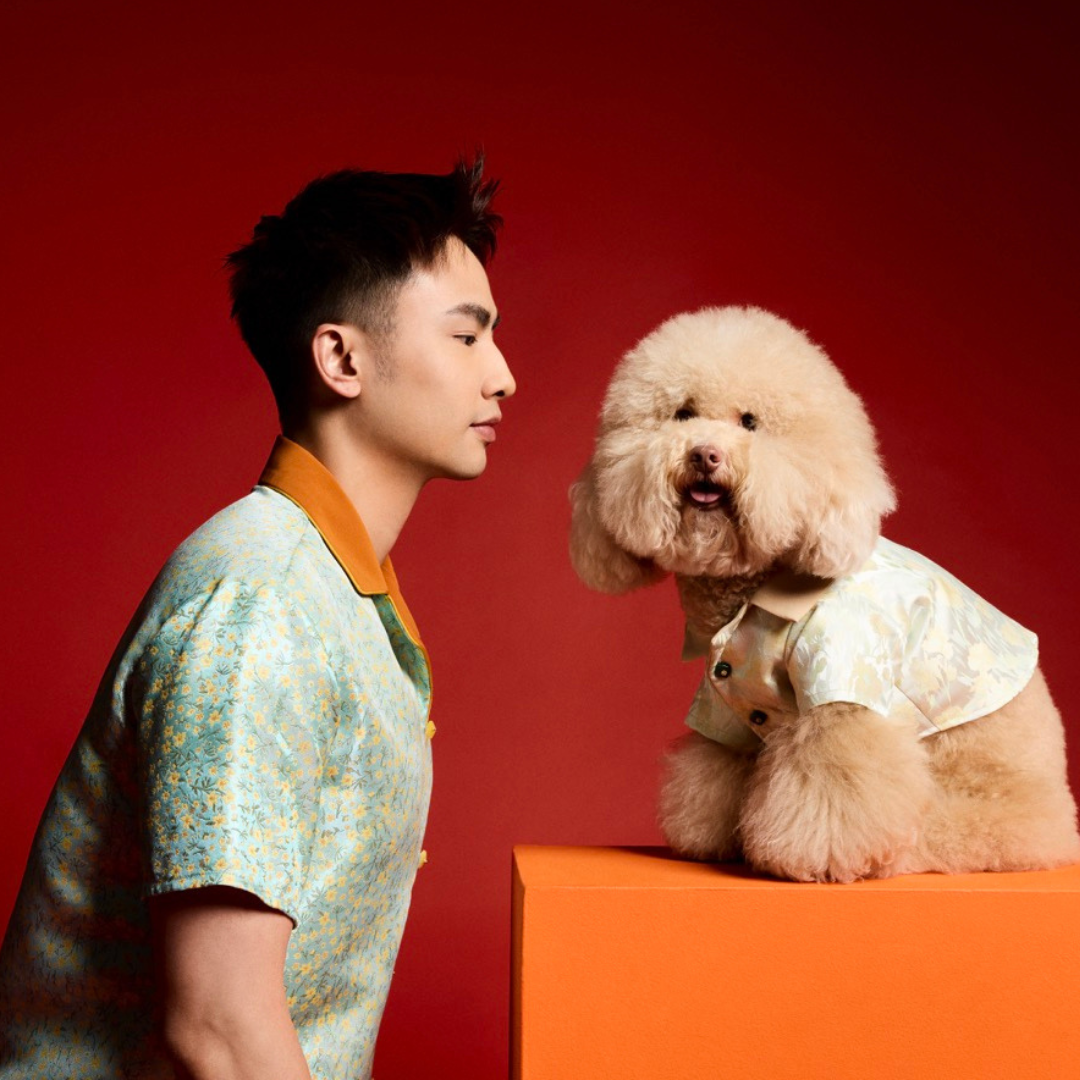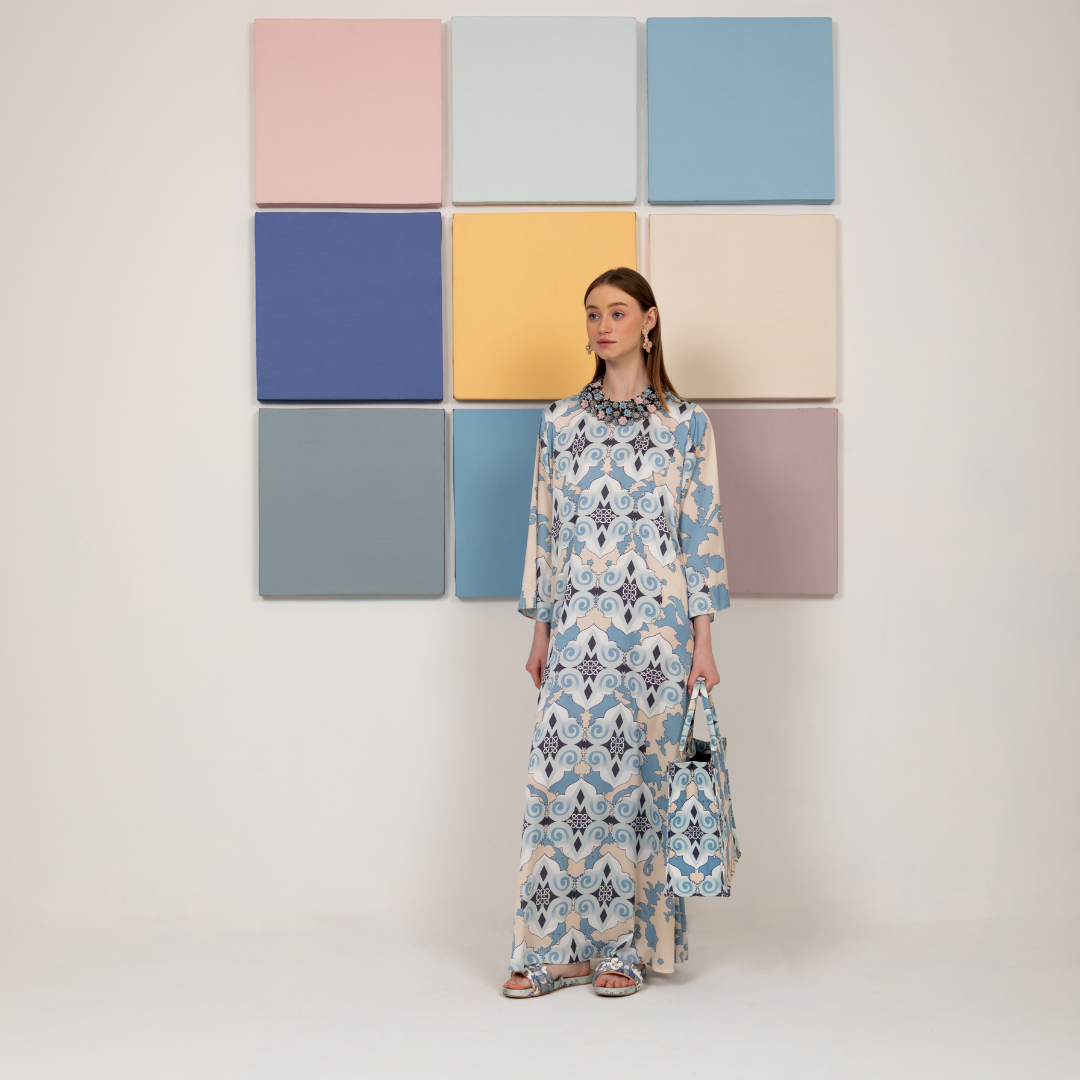By Aisha Hassan on April 17, 2024
When Dia was presented with the chance to explore sustainable kids clothing, our curiosity was piqued. Our co-founders are surrounded by children, from Kylie’s toddler to the many nieces and nephews whom Aisha and Alia adore, so an ethically crafted kids wear brand was just what we were looking for. And thanks to an introduction by On The Rise, a women’s entrepreneur community in Malaysia, Nimbu emerged as the perfect partner to launch this new category.
After becoming a mother, Kriti Gupta, Founder & CEO of Nimbu Kids, experienced firsthand how quickly children outgrow their clothing and consequently, the degree of waste that entails. For Kriti, it sparked a reckoning about sustainable fashion and how children’s clothing was an overlooked but vital consideration for parents and the planet. She sought to create a brand and solution that offered sustainability without compromising style — and that’s exactly what she did.
Nimbu is proudly “Singapore's first circular brand for kids offering a wardrobe that grows with your child,” because as your children outgrow their apparel, you can return the items in exchange for store credit towards your following purchase in the next size up. Returned items are sold as pre-loved clothing, upcycled into other accessories, or donated, closing the circle and minimizing production waste while also allowing parents to make the most of their investment.
And beyond this ethical and thoughtful system, every Nimbu piece in Dia’s collection was also handmade by artisans in Jaipur, India using age-old printing techniques. Kriti opens up further about these artisans, as well as Nimbu’s purpose, in the interview below.
Why should parents embrace circularity?
These are my three top reasons why circular fashion for kids is so important. The first is all about sustainability. It’s important to teach the importance of sustainability to kids at a very young age because it inculcates the right kind of habits at the onset — it shows them, “your products do not end with just you,” and another family could be ready to use them.
Secondly, it’s all about giving back. There are a lot of organizations that can help you find the right family to benefit from the right products your kids have outgrown. Charity is a very important aspect when getting rid of items or finding a new home for outgrown products.
And finally, three, is wallet friendliness. It makes sense to sell items if you’re done with them, and in Singapore we have many platforms like Carousell where you can do that as a good way of cash savings. With Nimbu, the best part is once your kids outgrow their pieces and it’s returned to us, it becomes our responsibility to find the right home for those products and you get Nimbu dollars in return. It’s wallet friendly, sustainable, and giving back, so you hit all three boxes when you buy with Nimbu.
Why did you choose to focus on premium cotton and block printing as your fabric, and craft, of choice?
We use premium cotton because it’s a natural fabric, so it’s environmentally friendly and at the same time very comfortable. Singapore gets hot and humid, and kids get very sweaty especially when they are active and enjoy play. My children had severe eczema so cotton became the best material for them because whether you’re in aircond or outside, it’s breathable and comfortable. So when I started Nimbu I knew it had to be 100% natural, scratch free, and comfortable for kids — so they can live and breathe and survive and thrive in that fabric.
All the different artisanal forms of printing are extremely manual and a difficult process that’s been passed down generations. It’s a dying art because today everything is machine made or digitally created. But I love this artisanal aspect of Indian handicraft so I wanted to help revive it. Nimbu is a small way of giving back to those artisans so they can continue their art and craft.
Can you tell us more about the craftspeople behind Nimbu Kids?
We work with teams of artisans across our different workshops because with block printing, you need different artisans for different things. There are the artisans who specialize in the creation of the perfect block, then the printing is done by another set of artisans and usually in the summer months because that’s when you get good sun to dry off the prints. Stitching is then done by our tailors, or we call them masterji. (Editor’s note: “Masterji” loosely translates to “male teacher” and is a respectful form of address.)
Lastly, we have a whole team of women artisans who are responsible for quality control. In certain parts of India, it’s not easy for women to come to workshops so we send the Nimbu Kids pieces to their home so they can work, comfortably and accessibly, and be financially independent through managing the QC for Nimbu.
Take us through the typical creation process for a Nimbu Kids item.
It’s a very creative kind of brainstorming, the way that we do it. Here, it’s a lot about touch and feel, especially when I see a certain print that inspires me. Sometimes I’ll choose the fabric first before figuring out the design, while at other times I already have a particular style in mind and we seek out the right textiles. Once this is in place, we discuss with the artisans how to put it all together — it’s a very agile process, from the patterns to the samples then the finishing touches, like tassels and embroidery. Following successful quality control and marketing, the items are ready for you to buy and love.
What are some pieces you love from Dia’s first collection of Nimbu Kids?
My favorite stuff that has gone to Dia is the sleepwear. It’s the first time we’ve done it and the fabric is so unbelievably soft — it’s this muslin cotton, and once you’ve washed it, it comes even softer. It’s incredibly comfortable for sleeping, especially in Singapore and Malaysia, and it’s great with air conditioning because the thickness level is designed to keep you snuggly while remaining comfortable. The animal prints are very cute, and we have matching sets for kids as well as adults.
I also love some of th ethnic wear that Dia has received, especially our latest Raya collection. We have this range called the Alia, which has a green and gold paintbrush finish that is done by hand in a muted gold. The baju kurung can be mixed and matched with casualwear, and so I love the Alia sets because of how versatile they are, to be worn for both festive occasions and throughout the year too.
Describe Nimbu Kids in three words.
Artisanal, sustainable, comfortable. I would like to add one more, which is “beautiful,” because I feel that the pieces and prints are just gorgeous — but beauty is in the eye of the beholder, so I’ll let you decide if that works!
This interview has been edited for brevity and clarity.

